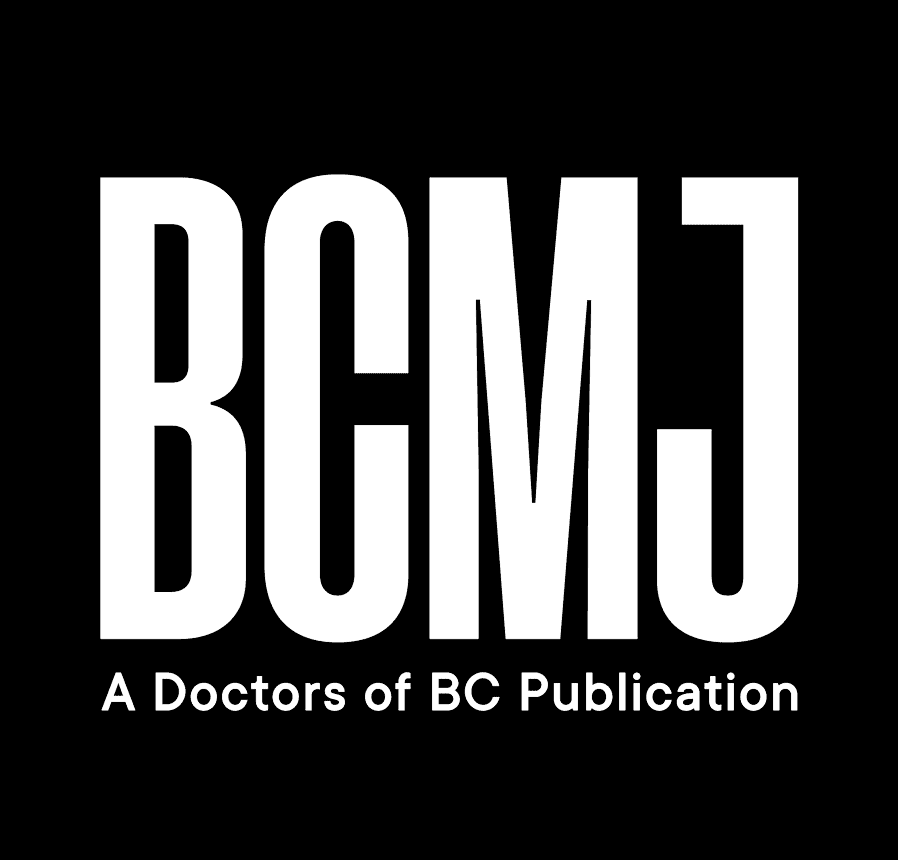Infertility among physicians
Infertility affects 24% to 33% of physicians—which is significantly higher than the 12% rate in the general population.[1] A 2024 review on physician infertility highlighted that while many health care workers face challenges like delayed family planning, arduous schedules, and workplace exposures, infertility rates are uniquely high among physicians.[1] Key concerns include financial pressures and the conflict between career demands and family building. Duty hours and the length of medical training are major factors in childbearing decisions.[1,2]
Many related studies have focused on surgeons, who have some of the longest residencies and most physically demanding jobs. A JAMA Surgery study found that female surgeons were nearly twice as likely as nonsurgeon partners of male surgeons (48% versus 27%) to experience pregnancy complications, even after controlling for age, work hours, in vitro fertilization use, and multiple gestation.[3]
In a survey of 4533 female physicians, 28% had undergone fertility treatment and 41% had experienced miscarriage. Female surgeons were older at first pregnancy and had fewer children and more preterm births than those in other medical specialties.[4] The study called for culture change to make workplaces more supportive of pregnancy and outlined initiatives that can be taken at all levels of a physician’s career to improve fertility and make pregnancy less risky. The infographic in the study may be useful if you’re seeking pregnancy or supervising physicians of reproductive age.[4]
The faces of infertility are as varied as physicians themselves—including women, men, transgender physicians, those with a same-sex partner, and individuals having babies on their own. Despite persistent stigma, it’s crucial to recognize that infertility is not just a women’s problem.
The American Society for Reproductive Medicine has updated the definition of infertility to reflect modern experiences. It now refers to the “inability to achieve a successful pregnancy based on a patient’s medical, sexual, and reproductive history, age, physical findings, diagnostic testing, or any combination of those factors” and specifically includes the use of donor gametes and pregnancy as an individual or with a partner.[5]
Despite being a wide-reaching problem, women, or people with ovaries, may bear a disproportionate burden of infertility. Already at a higher risk of burnout and gender bias than their male colleagues, they also face the logistics of seeking fertility treatment. For example, scheduling early morning monitoring for in vitro fertilization can be difficult on operating room days, and pregnancy complications are unpredictable. Training programs and schedulers are not always accommodating, and even in supportive group practices, woman physicians may feel guilt about inconveniencing their colleagues.[4]
Canadian Fertility Awareness Week is 20–26 April 2025. Consider taking a moment to reflect on the impact of infertility in our profession and who around you might be struggling silently. I have previously written in the BCMJ on infertility topics, including infertility workup [2019;60:203-209], donor eggs [2020;62:328-332], egg freezing [2016;58:573-577], ectopic pregnancy [2021;63:112-116], and male infertility [2022;64:126-130]. There are many more resources available from the Canadian Fertility Andrology Society and the American Society for Reproductive Medicine. Starting a conversation or sharing resources can be a powerful step in breaking the stigma.
—Caitlin Dunne, MD, FRCSC
hidden
 |
| This work is licensed under a Creative Commons Attribution-NonCommercial-NoDerivatives 4.0 International License. |
References
1. Kassab JG, Garcia Keeme-Sayre A, Lipshultz LI. Physician infertility: A structured literature review. J Assist Reprod Genet 2024;41:2227-2235. https://doi.org/10.1007/s10815-024-03216-4.
2. Nasab S, Shah JS, Nurudeen K, et al. Physicians’ attitudes towards using elective oocyte cryopreservation to accommodate the demands of their career. J Assist Reprod Genet 2019;36:1935-1947. https://doi.org/10.1007/s10815-019-01541-7.
3. Rangel EL, Castillo-Angeles M, Easter SR, et al. Incidence of infertility and pregnancy complications in US female surgeons. JAMA Surg 2021;156:905-915. https://doi.org/10.1001/jamasurg.2021.3301.
4. Lai K, Garvey EM, Velazco CS, et al. High infertility rates and pregnancy complications in female physicians indicate a need for culture change. Ann Surg 2023;277:367-372. https://doi.org/10.1097/SLA.0000000000005724.
5. Practice Committee of the American Society for Reproductive Medicine, American Society for Reproductive Medicine, Washington, DC. Definition of infertility: A committee opinion. Fertil Steril 2023;120:1170. https://doi.org/10.1016/S0015-0282(23)01971-4.
